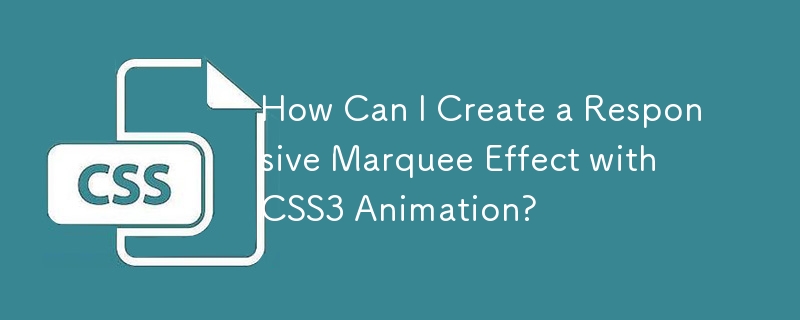Found a total of 10000 related content

Create circular progress bar animation effect using CSS3 and SVG
Article Introduction:You can use CSS3 and SVG to create a circular progress bar animation effect. The steps are as follows: Create an SVG element and define a circular path; set a dotted line style for the circular path; use CSS3 animation to control the offset of the dashed line; set a progress percentage by adjusting the initial offset of the dashed line.
2025-04-04
comment 0
754
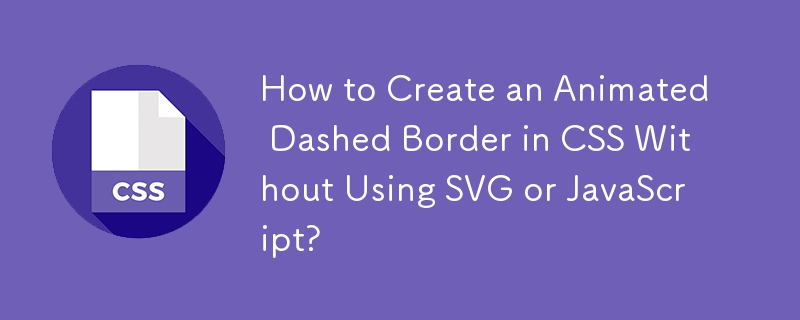
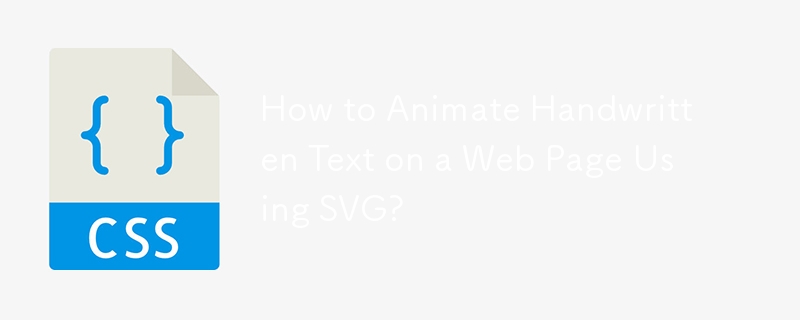


How to create a CSS-only animated timeline?
Article Introduction:To create a CSS-only animation timeline, you need to first build a semantic HTML structure, and each event is represented by a div containing dots and content; 2. Use Flexbox layout and pseudo-elements to create a centered vertical line, and use @keyframes to define fadeInUp animation to achieve a cascaded entry effect from bottom to top; 3. Use animation-delay item by item to achieve cascaded entry effect, and optionally add alternating content alignment on left and right; 4. Optional enhancements include using drawLine animation to simulate the line drawing process, hover effect and responsive adaptation; 5. Key points include using opacity and transform to ensure animation performance, adopt semantic tags and test mobile layout. In the end, nothing is achieved
2025-08-04
comment 0
383

Vue.js's Function: Enhancing User Experience on the Frontend
Article Introduction:Vue.js improves user experience through multiple functions: 1. Responsive system realizes real-time data feedback; 2. Component development improves code reusability; 3. VueRouter provides smooth navigation; 4. Dynamic data binding and transition animation enhance interaction effect; 5. Error processing mechanism ensures user feedback; 6. Performance optimization and best practices improve application performance.
2025-04-19
comment 0
692

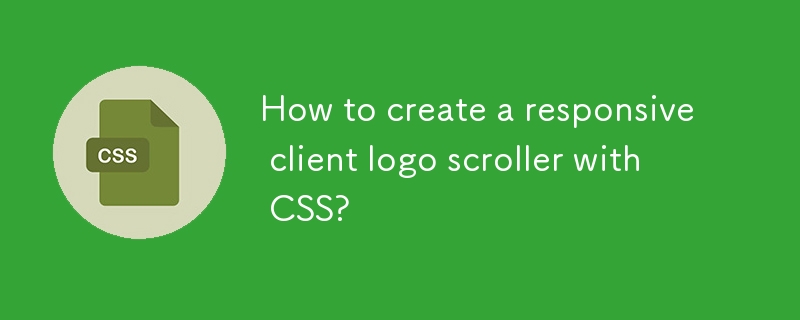
How to create a responsive client logo scroller with CSS?
Article Introduction:Use HTML to create a structure containing repeated logos to achieve seamless scrolling; 2. Use CSS animation and transform to achieve smooth horizontal scrolling; 3. Use media queries to make the logo adaptable to different screen sizes; 4. Optionally add: hover pause animation to improve user experience; 5. Optimize image format, add barrier-free tags and control the number of logos to improve performance and accessibility, and ultimately achieve a logo scrolling effect that does not require JavaScript, responsive and infinite loops.
2025-08-03
comment 0
582
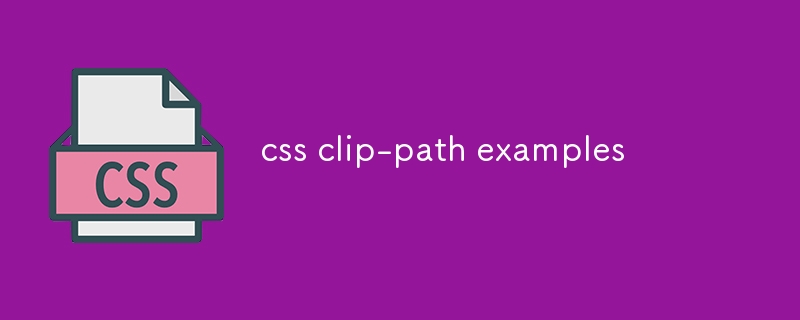
css clip-path examples
Article Introduction:CSSclip-path can create unique shapes and responsive designs. 1. Use circle(), ellipse(), inset() and polygon() to create basic shapes; 2. Use polygon() to create image masks such as hexagons; 3. Use viewport units to realize responsive wave edges; 4. Use transition to realize hover animation; 5. It is often used in avatars, hero areas, galleries and buttons. Pay attention to browser compatibility and add -webkit-prefix to ensure support. The final effect is elegantly downgraded, and use simple code to achieve rich visual effects.
2025-07-28
comment 0
575

Integrating SVG graphics into HTML5 documents
Article Introduction:There are three ways to embed HTML5 in SVG: inline SVG, img tag references and CSS links. Inline SVG allows style and interaction control, suitable for small icons or dynamic graphics; img tags are simpler but restrict interaction, suitable for independent illustrations; CSS backgrounds are suitable for layout elements but not for dynamic content. SVG can use CSS or JavaScript for style design and animation effects, and need to add ARIA attributes to improve accessibility, such as role="img" and aria-label. When optimizing, use SVGO to clean up redundant data, avoid embedding fonts, and ensure that the viewBox attribute is correct for responsive scaling. Mastering these techniques can help create flexible and beautiful
2025-07-15
comment 0
252

A Guide to Data Visualization on the Web with D3.js
Article Introduction:D3.js is a tool library that accurately controls data visual presentation through HTML, SVG and CSS. The answer is: 1. It binds data to DOM elements through data().enter().append() mode to create dynamic content; 2. You must master the core concepts such as selection sets, scales, axis, SVG foundation and transition animation in turn; 3. Use HTML to introduce CDN D3 scripts to build a minimalist development environment; 4. Deepen understanding by building real projects such as bar charts, scatter plots, maps and force-oriented diagrams with interactions; after mastering, you will be able to create responsive and meaningful data stories.
2025-07-23
comment 0
933
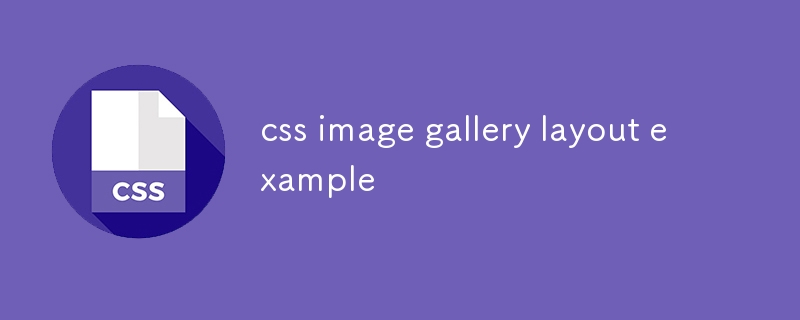
css image gallery layout example
Article Introduction:This is a responsive picture gallery created using CSSGrid, which can automatically adapt to different screen sizes; 1. The adaptive number of columns is achieved through grid-template-columns:repeat(auto-fit,minmax(200px,1fr)) to ensure that each column is at least 200px and the monospace is filled; 2. All pictures are set to a fixed height of 200px and use object-fit:cover to maintain proportional cropping to ensure visual uniformity; 3. Add the hover effect of transform:scale(1.05) and achieve smooth animation with transition; you can also adjust the spacing on the small screen through media query, and the overall layout is responsive without media.
2025-07-31
comment 0
980
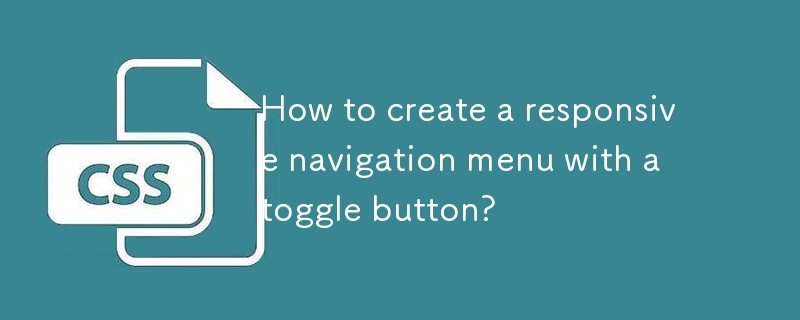
How to create a responsive navigation menu with a toggle button?
Article Introduction:To create a responsive navigation menu, you must first build an HTML structure containing the hamburger icon button and navigation link; 2. Use CSS to set the navigation level under the large screen, hide it under the small screen, and display it through active classes only when clicked; 3. Add click events to the button through JavaScript to switch the active class of the menu to expand and collapse; 4. Optionally, the hamburger icon rotates to "X" animation effect through CSS and JavaScript linkage; finally obtain a cross-device-compatible, keyboard navigation and good accessibility responsive navigation menu. After completion and testing, you can adjust the style details according to the design.
2025-08-04
comment 0
405

What is the purpose of the CSS `clip-path` property?
Article Introduction:The clip-path attribute of CSS controls the display part of the element by defining the clip area, and supports basic shapes such as circles, ellipse and polygons, such as circle (50%) to create circular clipping areas; 1. Use inset(), circle(), ellipse(), and polygon() to achieve geometric shape clipping; 2. Reference SVG elements to create complex paths; 3. Support responsive design and animation transitions; 4. Pay attention to performance impact and browser compatibility. This feature is suitable for scenes such as image display, interactive buttons, etc., but it needs to be used reasonably.
2025-07-23
comment 0
443
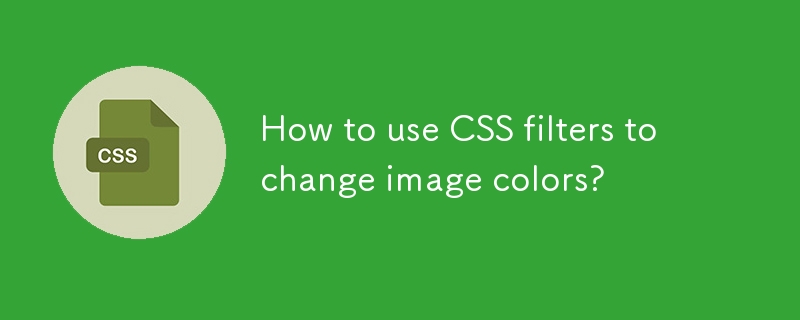
How to use CSS filters to change image colors?
Article Introduction:Use CSS filters to dynamically adjust the image color; 2. Hue-rotate() can change the hue and achieve color offset; 3. Grayscale() can remove or partially retain the color, which is often used for hovering effects; 4. Sepia() combined with saturate() can create retro effects; 5. Invert() is suitable for dark mode, but color distortion needs to be paid attention to; 6. Monochrome coloring can be simulated by combining brightness(0) and hue-rotate(); 7. Multiple filters can be used in superimposed, and the order affects the visual effect; 8. The filter performance is good but overuse should be avoided. It is recommended to use smooth animation with transition, and finally it can be achieved more accurately through SVG or canvas.
2025-08-03
comment 0
743
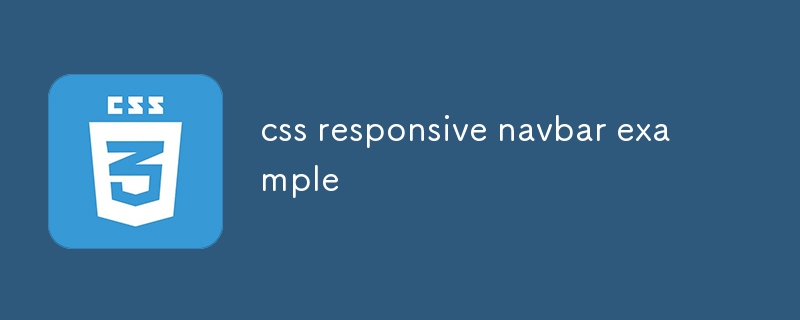
css responsive navbar example
Article Introduction:The responsive navigation bar is implemented through pure CSS, and the answer is to use hidden check boxes and media query to control the display behavior of the menu on the mobile side. 1. The desktop side is displayed as a horizontal navigation menu, which is implemented through flex layout; 2. When the mobile side is below 768px, hide the menu and display the hamburger icon, and trigger the hidden checkbox through label; 3. Use the checked status and ~ selector to control the display and hiding of .nav-menu; 4. After clicking the hamburger icon, it can achieve animation effect through CSS transformation; 5. The menu uses absolute positioning to ensure display at the correct level. The entire solution does not require JavaScript, and the interactive logic that relies on CSS is complete and lightweight, suitable for static websites, and finally
2025-07-27
comment 0
528
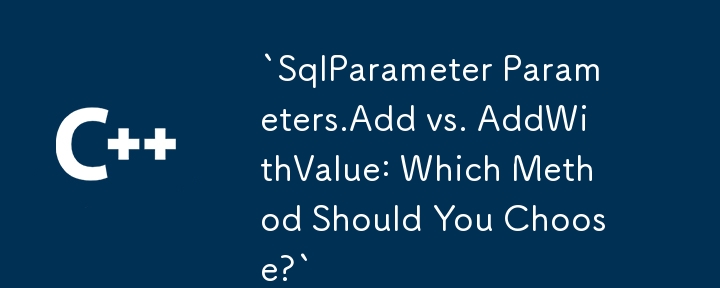
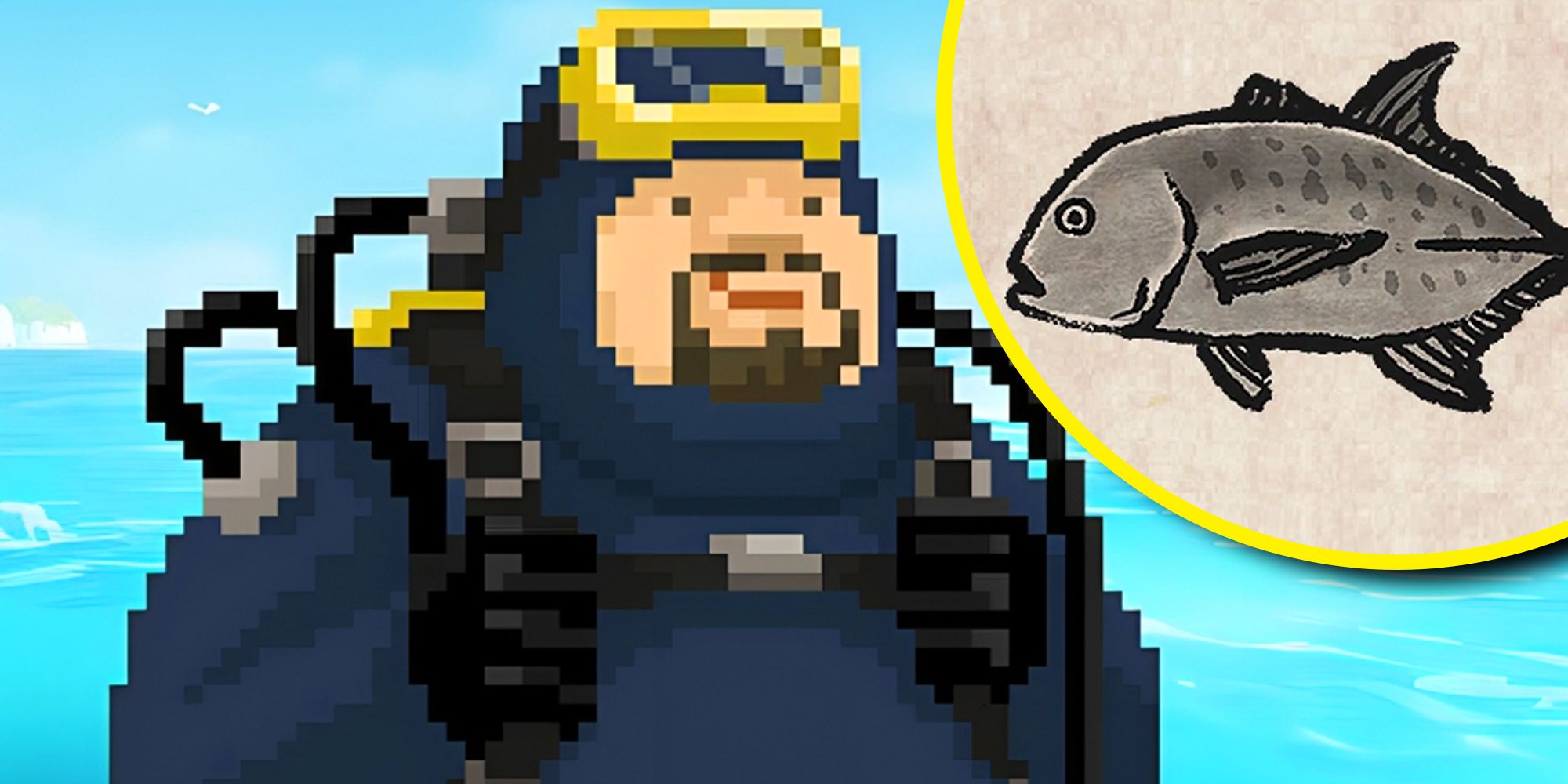
Dave The Diver: How To Catch Spider Crabs
Article Introduction:In Dave The Diver, there are some creatures that are not easy to catch. Or, catch alive that is. The spider crab is one of those very species, making it seem like the only way to bring these crustaceans back up to land is to viciously crack them up w
2025-01-10
comment 0
864
